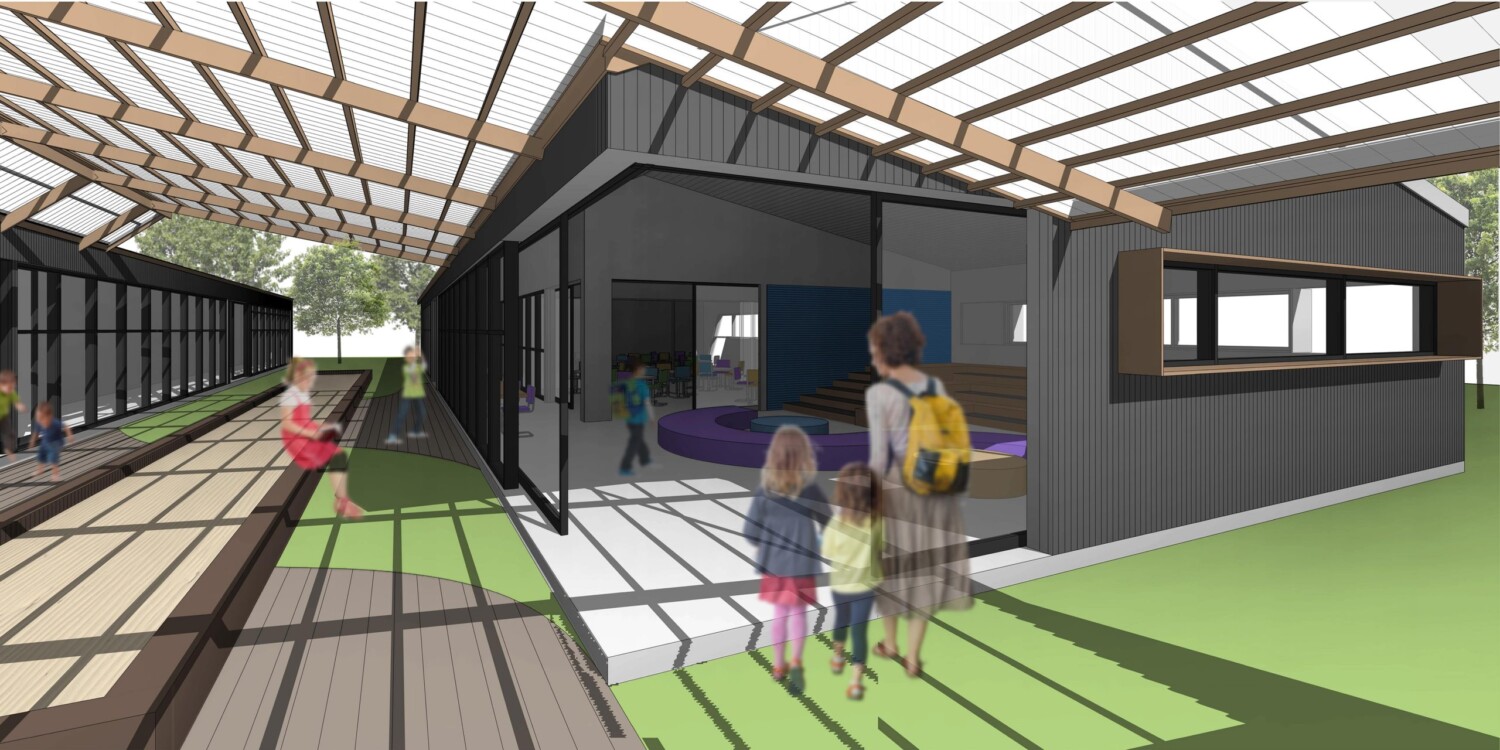It has long been established that the physical learning environment significantly affects both teaching practices and the ways that students engage with the learning experience itself. That’s why it’s so important to implement specific design elements into your learning spaces to facilitate interaction and collaboration, ultimately enhancing learning outcomes.
As society rapidly develops with each day, a paradigm shift in the designs and attributes of learning and teaching spaces can be observed. New learning tools emerge as technology advances. Traditional classrooms are outdated and can no longer cater to the students’ 21st-century requirements. So architectural innovations are important to educational facilities as they enhance the overall learning and teaching experience.
Physically speaking, traditional learning spaces are characterised by groups of students instructed by a teacher at the front of the room. Desks are forward-facing and teaching spaces did not open onto each other. This kind of set-up allowed teachers to monitor their students in a rigid environment, controlling the flow of knowledge and information instead of facilitating it.
However, today’s ideal educational layout favours open-learning environments. The contemporary learning spaces can exist in various spatial designs, with each facilitating different pedagogical activities. Certain physical conditions: air quality, light, noise, temperature and size, must all be taken into consideration when designing these spaces. Innovative learning environments are adaptable and highly flexible, where walls can open to allow for the reconfiguration of classrooms and team teaching. These modern learning spaces offer a broad range of learning activities, helping to improve collaboration and providing integrated spaces that allow students to move according to their needs. In this way, the contemporary learning space should be seen as more of a ‘learner’s’ space and less of a ‘teacher’s’ space.
Furthermore, flexible learning spaces help in personalising and customising the teaching approach to suit the needs of each student, while also providing ample opportunities for innovation. This more personal approach creates an environment where a student’s critical thinking skills are enhanced. In order to provide their students with a more flexible learning experience, educators are also encouraged to collaborate with each other.
Changes in the learning environment affect how students receive and process information, and certainly influence how educators deliver that information. As these changes are introduced, an adjustment period is to be expected, as both students and teachers learn how to navigate the new space. Additionally, as drivers of the learning experience, teachers should aim to figure out the most effective ways of optimizing the space, so that the students can fully benefit from it.
Consult with a registered architect today to make your vision a reality.
At B2 Architecture, we work collaboratively with our clients to design places and spaces that help us all think better, do better and live better. We take the time to understand the unique needs of the client we’re working with whether it’s for commercial, community, educational or residential projects, ensuring each project is unique and achieves the specific requirements of stakeholders and the broader community. With our approach to sustainable architecture and commitment to designing to build better, we ensure that sustainable initiatives are applied to all projects to minimize the impact on the environment no matter the budget
To learn more about B2 Architecture, please call us on +613 9429 4255. You can also send your queries to [email protected]

